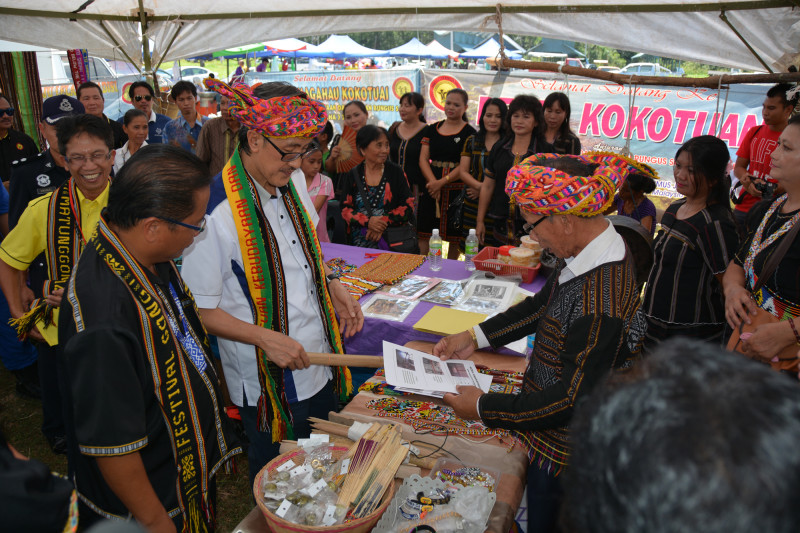All articles of culture in Sabah
10Nov
Local traditional foods can be tourist draw: Kamarlin
KOTA KINABALU: The local traditional foods can be promoted as one of Sabah's tourism products.
"Tourists visiting our country do not just enjoy our beautiful nature, traditions and cultures but also like to get a taste of our local delicacies," said Tourism, Culture and Environment Assistant Minister Datuk Kamarlin Ombi.
"I have seen tourists who are willing to pay a large sum of money just to learn how to make the traditional food ambuyat," he said.
According to him, the Ministry welcomes people as well as tourists to experience and taste the traditional cultures and delicacies of the various ethnic groups in Sabah.
"Therefore, the co-operation between Universiti Malaysia Sabah (UMS) and the Government is important to promote our local delicacies," he said, adding that he believed the collaboration will gain success through the university's academic manpower.
Kamarlin said this when officiating at the Sabah Ethnic Traditional Appreciation Day in the UMS Food Science and Nutrition Faculty, here, Thursday.
He said Malaysia has diverse traditional delicacies with each state having its own way of cooking as well as recipes.
"For example, Melaka is famous for its sour and spicy food whereas Sabah is famous for local traditional foods such as hinava, ambuyat, noonsom, tuhau, butod and others.
"In Sabah alone, we have a total of 35 ethnic groups and there are lots of traditional foods we can enjoy.
"The university can also do its part in terms of research on whether or not these foods are halal and be consumed among Muslims," he said.
Speaking on the programme, Kamarlin said it was held in order to avoid the extinction of the people's traditional cultural heritage.
"Most of the young people nowadays may not recognise the traditional foods or games such as the monopuk due to the evolution of modern gadgets," he explained.
"The location for this programme is strategic as there are both local and foreign students pursuing studies in the university," he said, adding that the local students could also take the opportunity to get to know the various ethnic foods served.
The event that was held in conjunction with the 20th UMS anniversary celebration also saw demonstrations in preparing local foods, research exhibition as well as traditional game competitions.
There were a total of six booths showcasing the traditional foods of the Kadazan, Bajau, Sukang, Dusun, Suang Lotud and Iranun people.
Source: Daily Express




